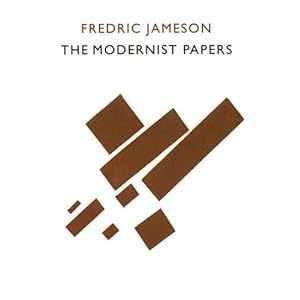Umberto Eco: The Open Work (1962–) [IT, PT, EN]
Filed under book | Tags: · aesthetics, art, literary criticism, literature, poetry, semiotics, theory

“Umberto Eco’s The Open Work remains significant for its concept of “openness”–the artist’s decision to leave arrangements of some constituents of a work to the public or to chance–and for its striking anticipation of two major themes of contemporary literary theory: the element of multiplicity and plurality in art, and the insistence on literary response as an interactive process between reader and text. The questions Eco raises, and the answers he suggests, are intertwined in the continuing debate on literature, art, and culture in general.
This new English edition includes an introduction by David Robey that explores Eco’s thought at the period of The Open Work, prior to his absorption in semiotics. The book now contains key essays on Eco’s mentor Luigi Pareyson, on television and mass culture, and on the politics of art.”
First published in Italian as Opera aperta, 1962.
English edition
Translated by Anna Cancogni
With an Introduction by David Robey
Publisher Harvard University Press, 1989
ISBN 0674639766, 9780674639768
285 pages
Opera aperta (Italian, 4th ed., 1962/1997, added on 2015-1-8)
Obra aberta (Portuguese, trans. Giovanni Cutolo, 8th ed., 1971/1991)
The Open Work (English, trans. Anna Cancogni, 1989)
Jacques Khalip, Robert Mitchell (eds.): Releasing the Image: From Literature to New Media (2011)
Filed under book | Tags: · acoustics, aesthetics, art, audiovisual, biopolitics, cinema, critique, image, literature, new media, new media art, phenomenology, philosophy, photography, sound recording, theory, video

“It has become a commonplace that “images” were central to the twentieth century and that their role will be even more powerful in the twenty-first. But what is an image and what can an image be? Releasing the Image understands images as something beyond mere representations of things. Releasing images from that function, it shows them to be self-referential and self-generative, and in this way capable of producing forms of engagement beyond spectatorship and subjectivity. This understanding of images owes much to phenomenology—the work of Husserl, Heidegger, and Merleau-Ponty—and to Gilles Deleuze’s post-phenomenological work. The essays included here cover historical periods from the Romantic era to the present and address a range of topics, from Cézanne’s painting, to images in poetry, to contemporary audiovisual art. They reveal the aesthetic, ethical, and political stakes of the project of releasing images and provoke new ways of engaging with embodiment, agency, history, and technology.”
With contributions by Peter Geimer, Jean-Luc Marion, Giorgio Agamben, Mark B.N. Hansen, Vivian Sobchack, Timothy Murray, Cesare Casarino, Kenneth Surin, Forest Pyle, Kevin McLaughlin, Bernard Stiegler
Publisher Stanford University Press, 2011
ISBN 0804761388, 9780804761383
304 pages
PDF (updated on 2019-10-7)
Comments (2)Fredric Jameson: The Modernist Papers (2007)
Filed under book | Tags: · aesthetics, history, ideology, literary criticism, literary theory, literature, modernism, narrative, postmodernism, resistance

“A new perspective on Proust, Joyce, Kafka and others from master of literary theory.
Cultural critic Fredric Jameson, renowned for his incisive studies of the passage of modernism to postmodernism, for the first time since his acclaimed A Singular Modernity returns to the movement that dramatically broke with all tradition in search of progress.
The Modernist Papers is a tour de froce of anlysis and criticism, in which Jameson brings his dynamic and acute thought to bear on the modernist literature of the nineteenth and twentieth centuries. Jameson discusses modernist poetics, including intensive discussions of the work of Baudelaire, Rimbaud, Mallarmé, Wallace Stevens, Joyce, Proust, and Thomas Mann. He explores the peculiarties of the American literary field, taking in William Carlos Williams and the American epic, and examines the language theories of Gertrude Stein. Refusing to see modernism as simply a Western phenomenon he also pays close attention to its Japanese expression; while the complexities of a late modernist representation of twentieth-century politics are articulated in a concluding section on Peter Weiss’s novel The Aesthetics of Resistance.”
Publisher Verso, 2007
ISBN 1844670961, 9781844670963
426 pages
PDF (11 MB, updated on 2016-6-26)
Comments (5)
